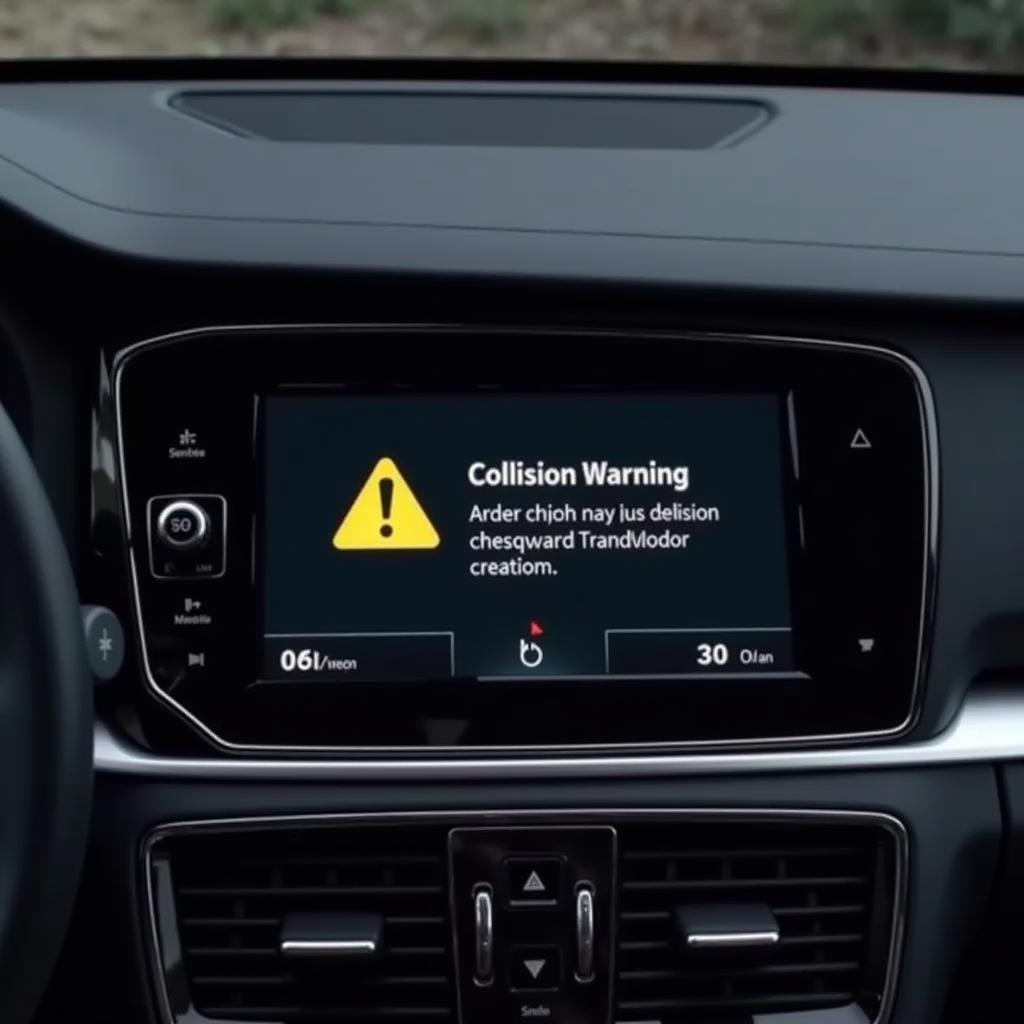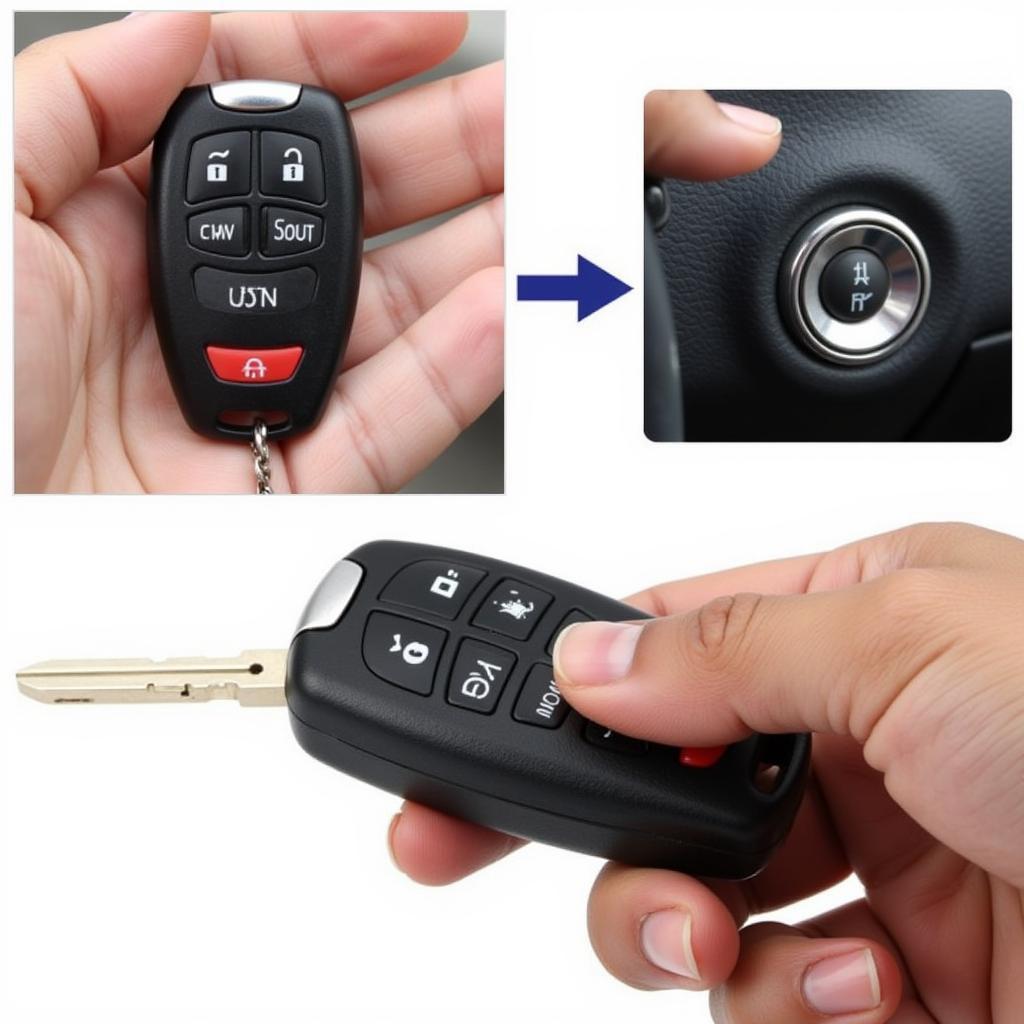BMWs are known for their luxurious features and advanced technology, and adaptive headlights are no exception. These intelligent lights can adjust their beam pattern to improve visibility and safety on the road. But what if you want to customize your adaptive headlights further? That’s where coding comes in.
Coding is a way to modify the software that controls your car’s features, and it can be used to unlock hidden features, change settings, and even personalize your driving experience. When it comes to adaptive headlights, coding can allow you to adjust the behavior of the lights, such as the activation speed of the cornering lights or the intensity of the adaptive beam.
Understanding BMW Adaptive Headlight Coding
Before diving into the technical details, it’s essential to understand what coding involves. Coding BMW adaptive headlights typically involves using a specialized tool to connect to your car’s computer system and access the software that controls the headlights. Then, you can use the tool to modify the code and change the behavior of the headlights.
Here’s a breakdown of what’s involved:
- Obtaining the necessary tools: You’ll need a coding tool compatible with your BMW model and a laptop or computer to run the software. Popular tools include ENET cable, BMW coding software, and a specialized coding interface.
- Accessing the headlight module: You’ll need to identify the specific module responsible for controlling your adaptive headlights. This might involve using a coding tool to scan your car’s system and identify the module based on its ID number or description.
- Reading and modifying the code: Once you’ve located the headlight module, you can read the existing code and modify it to achieve your desired settings. This involves using a programming language specific to BMW vehicles and understanding the various parameters that control the headlight functionality.
- Writing the code: After making changes to the code, you’ll need to write the modified code back to the headlight module. This process typically involves saving the modified code to a file, transferring it to the module using the coding tool, and then flashing the module to apply the new settings.
It’s important to note that coding adaptive headlights is a complex process that requires a certain level of technical expertise. If you’re not comfortable working with electronic systems or unfamiliar with programming, it’s highly recommended to seek professional help from a qualified BMW technician or coding specialist.
Why Code BMW Adaptive Headlights?
There are several reasons why you might consider coding your BMW adaptive headlights.
1. Enhance Functionality
Coding can unlock hidden features that might not be available through traditional methods. For instance, you might be able to activate features like:
- Dynamic Cornering Lights: This feature uses the adaptive headlights to illuminate the cornering area as you turn, improving visibility and safety in tight turns.
- Automatic High Beam Assist: This feature automatically adjusts the headlight beam to avoid blinding oncoming drivers.
- Adaptive Beam Control: This feature uses sensors to adjust the headlight beam based on the surrounding environment, optimizing visibility without blinding other drivers.
2. Customize Settings
Coding allows you to personalize your driving experience by customizing the settings of your adaptive headlights. For example, you can:
- Adjust the activation speed of the cornering lights: You can control how quickly the cornering lights activate when you turn, making them more responsive to your driving style.
- Change the intensity of the adaptive beam: You can adjust the intensity of the adaptive beam to suit your preferences or road conditions.
- Modify the behavior of the headlights in different driving modes: You can fine-tune the headlights’ behavior in different driving modes, such as EcoPro, Comfort, and Sport.
3. Improve Safety and Visibility
Coding can enhance the safety and visibility of your adaptive headlights by:
- Optimizing the beam pattern: By modifying the code, you can ensure the headlight beam is properly focused and directed, improving visibility and reducing glare.
- Improving the responsiveness of the headlights: By adjusting the activation speed and sensitivity, you can make the headlights more responsive to your actions, enhancing safety and reducing risks.
- Unlocking advanced features: Coding can unlock features that enhance safety, such as adaptive cruise control or lane departure warning systems.
Can Coding Damage Your BMW?
While coding can offer numerous benefits, it’s essential to be aware of the potential risks. If you’re not familiar with coding and the complexities of BMW systems, coding your adaptive headlights can lead to problems.
Here are some possible risks:
- Corrupting the ECU: If you make incorrect modifications to the code, you could damage your car’s Electronic Control Unit (ECU), leading to malfunctioning headlights or even more serious issues.
- Voiding your warranty: Some car manufacturers might void your warranty if they discover you’ve modified the software in your car, even if done professionally.
- Introducing security vulnerabilities: Coding can potentially expose your car to security vulnerabilities, allowing hackers to access and manipulate your vehicle’s systems.
To mitigate these risks:
- Do thorough research: Before attempting any coding, ensure you understand the specific procedures, the risks involved, and the consequences of making errors.
- Use reputable tools and software: Stick to reputable coding tools and software from trusted sources. Avoid using pirated or unreliable tools, as they might contain malware or bugs that could harm your car.
- Back up your car’s software: Before making any changes to your car’s software, create a backup of the original coding to ensure you can revert to the original settings if needed.
- Consult a professional: If you’re unsure about any aspect of coding or feel uncomfortable performing it yourself, consult a qualified BMW technician or coding specialist.
Coding BMW Adaptive Headlights: A Step-by-Step Guide
If you’re comfortable with the risks and have a strong understanding of coding, you can attempt to code your BMW adaptive headlights yourself. Here’s a general guide to the process:
1. Gather your tools and resources. This includes a coding tool, a laptop or computer, a USB cable, and access to a reliable internet connection.
2. Download and install the coding software. Choose coding software compatible with your BMW model and operating system.
3. Connect your coding tool to your car. This typically involves plugging a specialized cable into your car’s OBD-II port and connecting the other end to your laptop or computer.
4. Scan your car’s system. Use the coding software to scan your car’s systems and identify the adaptive headlight module. This might involve looking for a module labeled “FRM” (Front Electronic Module) or “FEM” (Front Electronic Module).
5. Read the existing code. Once you’ve identified the module, use the coding software to read the existing code for the adaptive headlights.
6. Modify the code. This involves using the coding software to edit the code and change the settings according to your desired configurations.
7. Write the modified code back to the module. Save the modified code to a file and transfer it to the module using the coding software.
8. Flash the module. After transferring the code, flash the module to apply the new settings. This involves writing the modified code to the module’s memory.
9. Test the changes. After flashing the module, test the changes to your adaptive headlights to ensure they function as expected.
Remember, this is a simplified guide, and the specific steps might vary depending on your BMW model and the coding tool you choose. Always consult the user manual or online resources specific to your vehicle and coding software for detailed instructions and safety precautions.
FAQ
1. Is coding BMW adaptive headlights legal?
Yes, coding BMW adaptive headlights is generally legal as long as you don’t modify the car’s safety features or violate any road traffic regulations.
2. What are the risks of coding BMW adaptive headlights?
As mentioned earlier, there are risks involved, including potentially corrupting the ECU, voiding your warranty, and introducing security vulnerabilities.
3. Can I revert to the original settings after coding?
Yes, you can usually revert to the original settings by backing up your car’s software before making changes and then restoring the backup.
4. Do I need to be an expert to code BMW adaptive headlights?
While some technical knowledge is required, you don’t have to be an expert to code BMW adaptive headlights. You can find many resources and tutorials online that can guide you through the process.
5. Is it cheaper to code or to have it done professionally?
Coding yourself is usually cheaper than having a professional do it. However, consider the risks and your level of expertise before making a decision.
6. Can I code BMW adaptive headlights for other models?
Coding procedures and settings can vary significantly between different BMW models. Be sure to use coding tools and software specifically designed for your car’s model year.
7. What are the benefits of coding BMW adaptive headlights?
Coding can enhance functionality, customize settings, improve safety and visibility, and potentially unlock hidden features.
Coding BMW adaptive headlights can offer a unique way to personalize your car’s driving experience and enhance the performance of your headlights. However, it’s essential to be aware of the potential risks involved and proceed with caution. Remember to prioritize safety and always consult a qualified professional if you’re unsure about any aspect of coding or feel uncomfortable performing it yourself.


